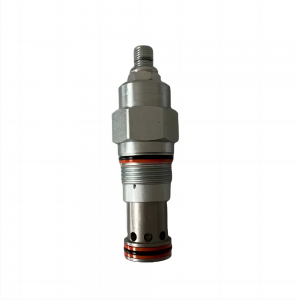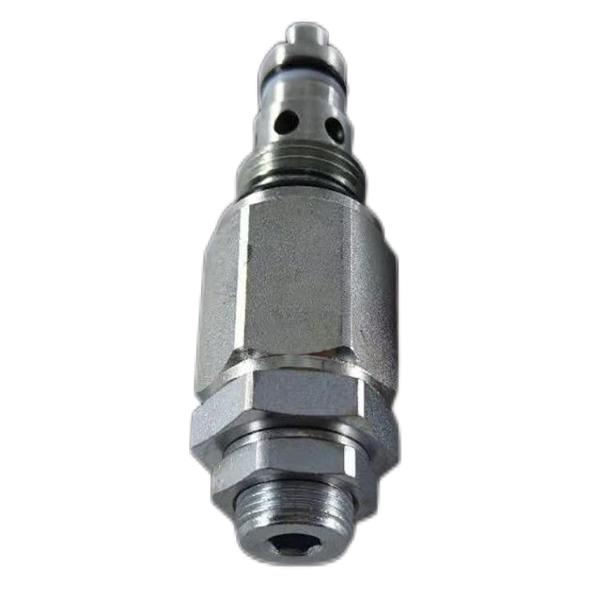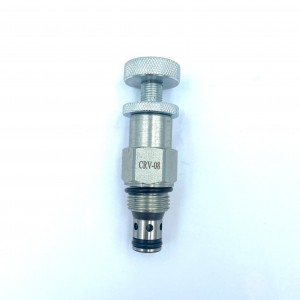CBBC-LAN pilot regulator Large flow balancing valve
Details
Dimension(L*W*H):standard
Valve type:Solenoid reversing valve
Temperature:-20~+80℃
Temperature environment:normal temperature
Applicable industries:machinery
Type of drive:electromagnetism
Applicable medium:petroleum products
Points for attention
The working principle of flow valve
Flow valve is a kind of regulating equipment to control fluid flow, its working principle is to adjust the flow size by changing the flow area of the pipeline. Flow valve is widely used in hydraulic transmission system and plays a very important role. The main components of the flow valve include the valve body, regulating elements (such as spool, valve disc, etc.) and the actuator (such as electromagnet, hydraulic motor, etc.). Different types of flow valves are also different in structure, but their working principle is basically the same.
The working principle of the flow valve can be simply divided into two processes: the position change of the regulating element and the movement of the spool/disc.
he role of the relief valve
1, constant pressure overflow effect: in the quantitative pump throttling regulation system, the quantitative pump provides a constant flow. When the system pressure increases, the flow demand decreases. this
When the safety valve is opened, the excess flow is returned to the tank to ensure that the inlet pressure of the safety valve, that is, the outlet pressure of the pump, is constant (the valve port is often with the pressure
Force waves open).
2, pressure regulating effect: the relief valve is connected in series on the oil return circuit, the relief valve produces back pressure, and the stability of the moving parts is increased.
3, the system unloading function: the remote control port of the relief valve is connected to the solenoid valve with a small overflow flow. When the electromagnet is energized, the remote control port of the safety valve and the fuel tank are connected
Connected, this time the hydraulic pump unloading. The safety valve is used as a safety valve.
4, safety protection: when the system is working normally, the valve is closed. Overflow only when the load exceeds the specified limit (the system pressure exceeds the set pressure)
The valve will be opened, and overload protection, so that the system pressure is no longer increased (usually the set pressure of the safety valve is 10%-20 system pressure higher than the maximum working pressure)
Force).
Product specification



Company details
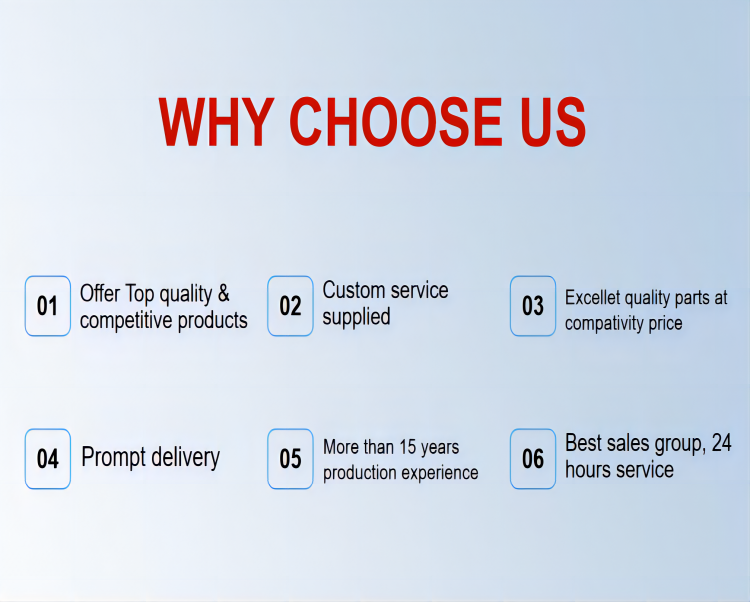
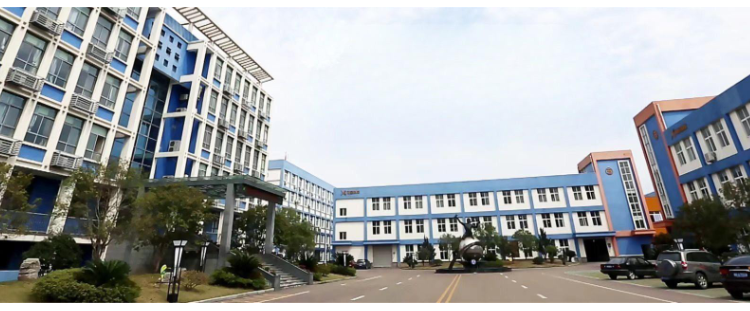





Company advantage
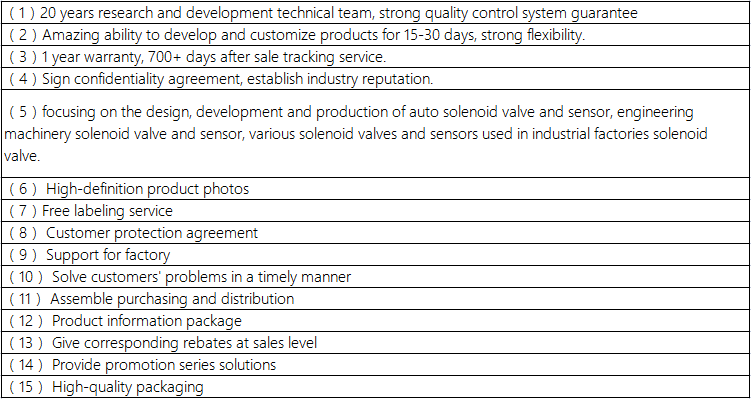
Transportation

FAQ






